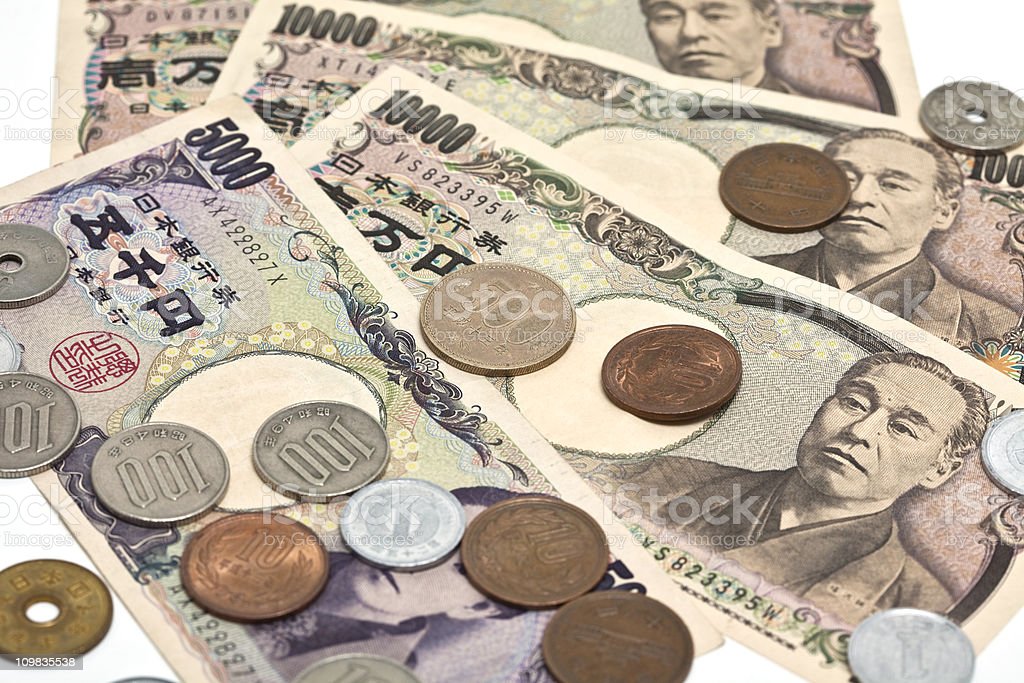Weak Yen May Undermine Japan’s Future
Weak Yen, the Japanese currency has been a source of concern to William Pesek, an award-winning Tokyo-based journalist and author of “Japanization. In this piece made available to OpenLife, he requests to know when the Bank of Japan and Ministry of Finance step into the worriaome development
As the yen’s dramatic plunge makes Bitcoin look almost credible, economists are asking the wrong questions.
How low can Japan’s currency go? When and how will the Bank of Japan and Ministry of Finance step in? But few, if any, question the economic damage from 20 years of courting a weak yen.
Today, attention is on the short-term danger: the inflation that BOJ Gov. Haruhiko Kuroda is finally getting. After nine years of flooding the world with yen, consumer prices could approach 2%. Trouble is, this is “bad” inflation imported via surging energy and commodity prices as the Ukraine crisis exacerbates COVID damage to global supply chains.
Far worse, though, is how a weak exchange rate underrated Japan’s future by reducing the urgency to restructure the economy.
If the secret of success was a weak currency, then Argentina and Venezuela would be booming. And yet this has been Tokyo’s most consistent policy priority since the early 2000s, if not earlier. At least 10 governments in a row have struggled with yen-dollar rates pretty much above all else.
In March 2013, then-Prime Minister Shinzo Abe hired Kuroda to supersize the effort, and he did just that. Kuroda increased the BOJ’s balance sheet so aggressively that by 2018 it topped the size of Japan’s $5 trillion economy.
A weaker yen did indeed boost gross domestic product and bequeathed corporate Japan with record profits. What it did not do, though, was incentivize CEOs to boost wages. It did not prod them to invest big in innovation, increase productivity, or take risks on disruptive new industries.
Two decades of the most generous corporate welfare arguably anywhere, compliments of a weak yen, did the opposite. Why bother restructuring, recalibrating, reimagining or reanimating the innovative spirits that once showed Apple, Samsung Electronics and Tesla how it is done when the central bank has your back?
Central banks used to yank the punchbowl away just as the party was getting good. Instead, Japan’s monetary leaders have been running humankind’s biggest and best-stocked open bar. Over time, it deadened all impulses to raise competitiveness as China limbered up for a long marathon of economic dominance.
The hangover arrived this week like a loud and spectacularly unwelcome wake-up call. The yen’s drop to 125 versus the dollar, a six-year low, now has Tokyo in global headlines for all the wrong reasons. Sudden yen moves too often spell trouble in global markets.
In 2008, for example, a very crowded carry trade, or borrowing in low-yield yen to bet on riskier assets across the globe, blew up badly. Ask traders from Sydney to New York if they ever managed to recover. A decade earlier, in October 1998, huge yen moves exacerbated global volatility following Russia’s default.
Predictably, the yen’s one-way trade of late — down — brought back the carry trade like some 1990s fashion trend. Thankfully for Prime Minister Fumio Kishida, Donald Trump is not in the White House. Trump would surely be making 1980s-style U.S.-Japan trade warring great again over the yen.
Look, hindsight is 20/20. But at moments like this, it is borderline heartbreaking to think of the lost years that the Abe era represents.
All those headlines in 2013 and 2014 about epochal change coming to Japan have aged terribly. Rather than reduce bureaucracy, modernize labor markets, rekindle innovation and empower women, Abe called on mixologist Kuroda to put out more monetary punchbowls.
Remember all the excitement about Abe raising Japan Inc.’s governance game? Giants like Toshiba are still deflecting shareholders’ calls for major restructuring. The Tokyo Stock Exchange’s efforts to reform its $5.7 trillion stock makers are impressing pretty much no one.
Meantime, Japan continues to punch far below its weight as India, Indonesia and other developing nations churn out waves of new tech unicorns. As Masayoshi Son’s SoftBank Vision Fund invests big in startups from Bangladesh to Brazil, very few of his bets are in his home market.
An argument can be made that the weak yen is at, or near, the root of all these disappointments. Really, imagine if in 2013 Kuroda’s BOJ was the opening act for the deregulatory Big Bang to come? The BOJ’s aggressive easing could have set the stage for history-making supply-side steps to Abe’s “Japan is back” rhetoric reality. Sadly, the BOJ was the headliner.
At the time, Abe claimed to have three arrows aimed at reviving Japan’s animal spirits: monetary easing, fiscal reform and reduced red tape. In reality, only one was fully deployed — the BOJ. And now, that one is falling to earth as traders buzz more about Japanese stagflation than the economy’s return to good health.
Yoshihide Suga, who replaced Abe in September 2020, came and went in a blur. Since assuming the premiership in November 2021, Kishida has talked a good game of engineering a “new capitalism” to give Japanese workers the wage increases his Liberal Democratic Party mate Abe promised.
Let us hope Kishida can lead Japan down a different path. The first step is admitting that Tokyo’s weak-yen addiction is backfiring dramatically. It is not just the nature of today’s inflation for which Tokyo must atone. The bigger problem is how two decades of prioritizing yen levels overbuilding economic muscles made the future easier for China.







